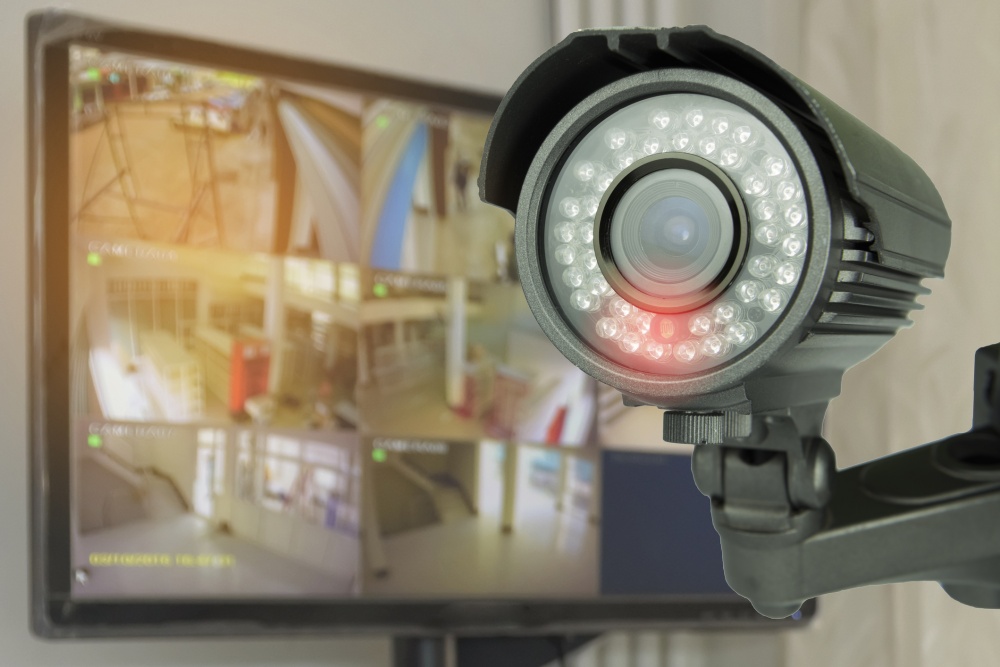When The Timing of Your Spoliation Motion Can Be As Important As Its Substance

A motion for an adverse inference was denied in Pratt v. Robbins, et al., 2024 WL 234730, Case No. 5:20-cv-170-GCM (W.D. N.C. Jan. 22, 2024) where Defendants failed to preserve or produce a video that might have contained pivotal evidence going to the heart Plaintiff’s civil rights claim for excessive force.
Background
In support of their motion for summary judgment, Defendants offered an Incident Report that referenced a video which they claimed demonstrated that “only the minimum amount of force was used in order to maintain control . . .” of Plaintiff but that “due to a camera malfunction” the actual use of force at issue against Plaintiff was not captured in the recording. Id. Neither Plaintiff, who filed his claim pro se, nor his counsel, who appeared before dispositive motions were filed, had propounded any discovery on Defendants. Id. In opposition to Defendants’ summary judgment motion, Plaintiff argued that Defendants spoliated evidence by failing to produce video footage potentially capturing the use of force that may have been recorded by cameras in the facility or in the handheld video footage taken by one of the Defendants. Id. As a result, Plaintiff sought an adverse inference sanction against Defendants that the recordings would substantiate his excessive force claim, and refuted Defendants’ version of what had occurred. Id.
Courts Have Broad Discretion to Impose Spoliation Sanctions
Spoliation sanctions “should be designed to: (1) deter parties from engaging in spoliation; (2) place the risk of an erroneous judgment on the party who wrongfully created the risk; and (3) restore the prejudiced party to the same position he or she would have been in absent … [the spoliation].” Id. (internal quotations and citation omitted) A party’s obligation to preserve ESI arises from Federal Rule of Civil Procedure 37 (e), which also provides the court the ability to impose sanctions for failing to preserve or for destroying ESI. Id. Rule 37 (e)(2) provides that the court
only upon finding that the party acted with the intent to deprive another party of the information’s use in the litigation may: (A) presume that the lost information was unfavorable to the party; (B) instruct the jury that it may or must presume the information was unfavorable to the party; or (C) dismiss the action or enter a default judgment.
Id.
Plaintiff Failed to Meet His Burden of Proving The Elements of Rule 37 (e)
A party seeking spoliation sanctions bears the burden of proving all of the elements of Rule 37(e), and under Fourth Circuit precedent is generally required to do so by a “clear and convincing standard.” Pratt, 2024 WL 234730, *2 (internal citation omitted). Plaintiff failed to establish that Defendants intended to spoliate the missing video footage. The particular Defendant who had, on occasion, used a handheld camera to record video in similar situations had only done so one or two times in his career and did not recall having done so on this particular occasion. In addition, even though Defendants’ Incident Report acknowledged that “…the use of force that occurred on offender Pratt was not captured….” and Defendants’ review of the video that they did have supported their version of events, the missing footage was said to have been caused by a “camera malfunction.” Further, Defendants did not have access to the video recordings or the ability to delete them; the cameras used to record video in the facility recorded to servers that were kept in a locked room. Accordingly, Plaintiff was unable to show that any lost ESI was caused by Defendants’ “failure to take reasonable steps to preserve the ESI, or that the Plaintiff was prejudiced by the result of any such loss.” Id.
Conclusion
Even though Plaintiff failed to proffer any evidence that Defendants intended to spoliate ESI – ESI which could have potentially substantiated Plaintiff’s claim of excessive force – that failure was not what the Court focused on in its ruling. Rather, it was Plaintiff’s decision to suddenly cry foul on the eve of trial, after also failing to propound any discovery on Defendants that did not go over well with the Court: “he should have properly addressed such a failing during discovery, rather than attempt to style such a failing as ‘spoliation’ shortly before trial.” Id.
DISCLAIMER: The information contained in this blog is not intended as legal advice or as an opinion on specific facts. For more information about these issues, please contact the author(s) of this blog or your existing LitSmart contact. The invitation to contact the author is not to be construed as a solicitation for legal work. Any new attorney/client relationship will be confirmed in writing.

